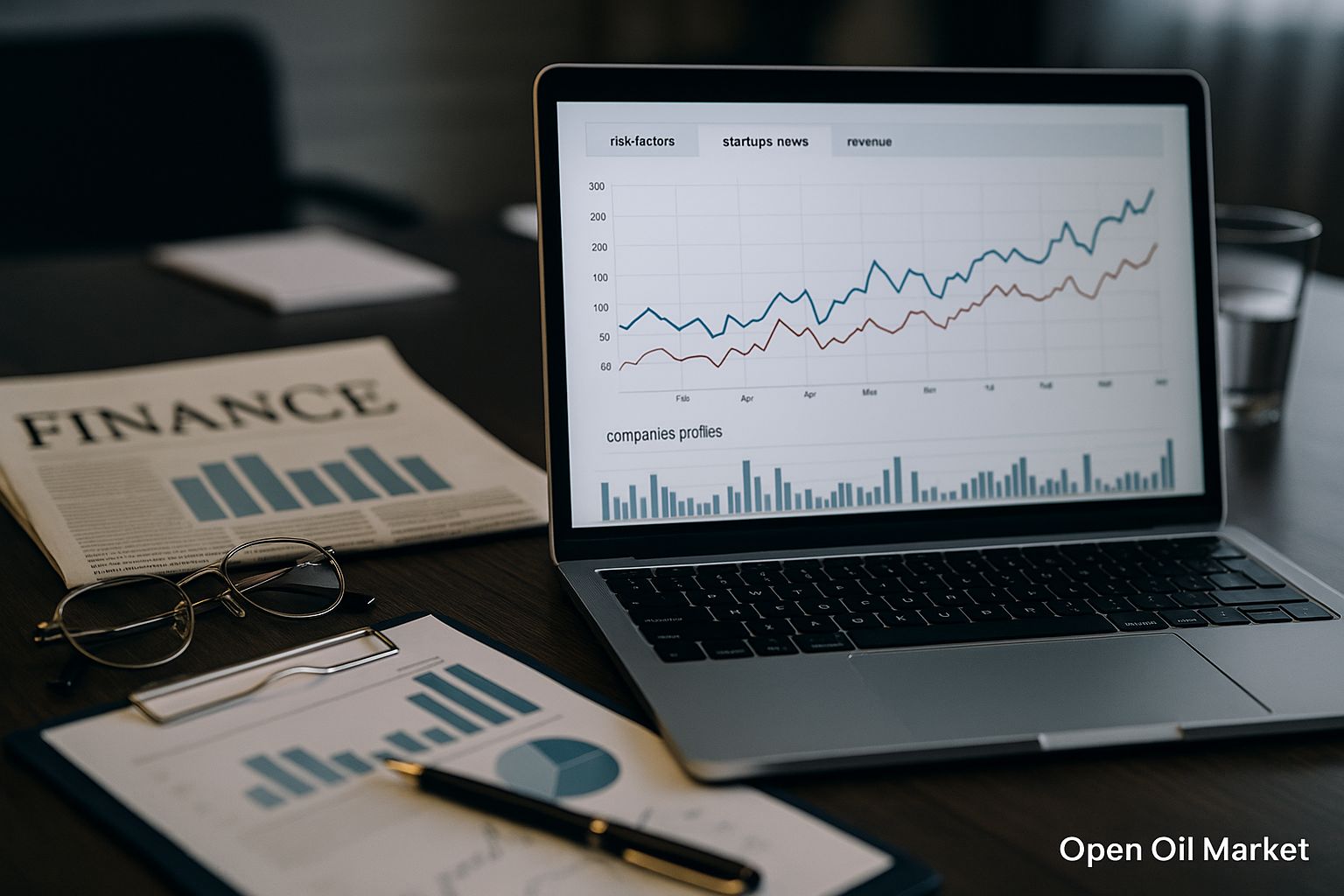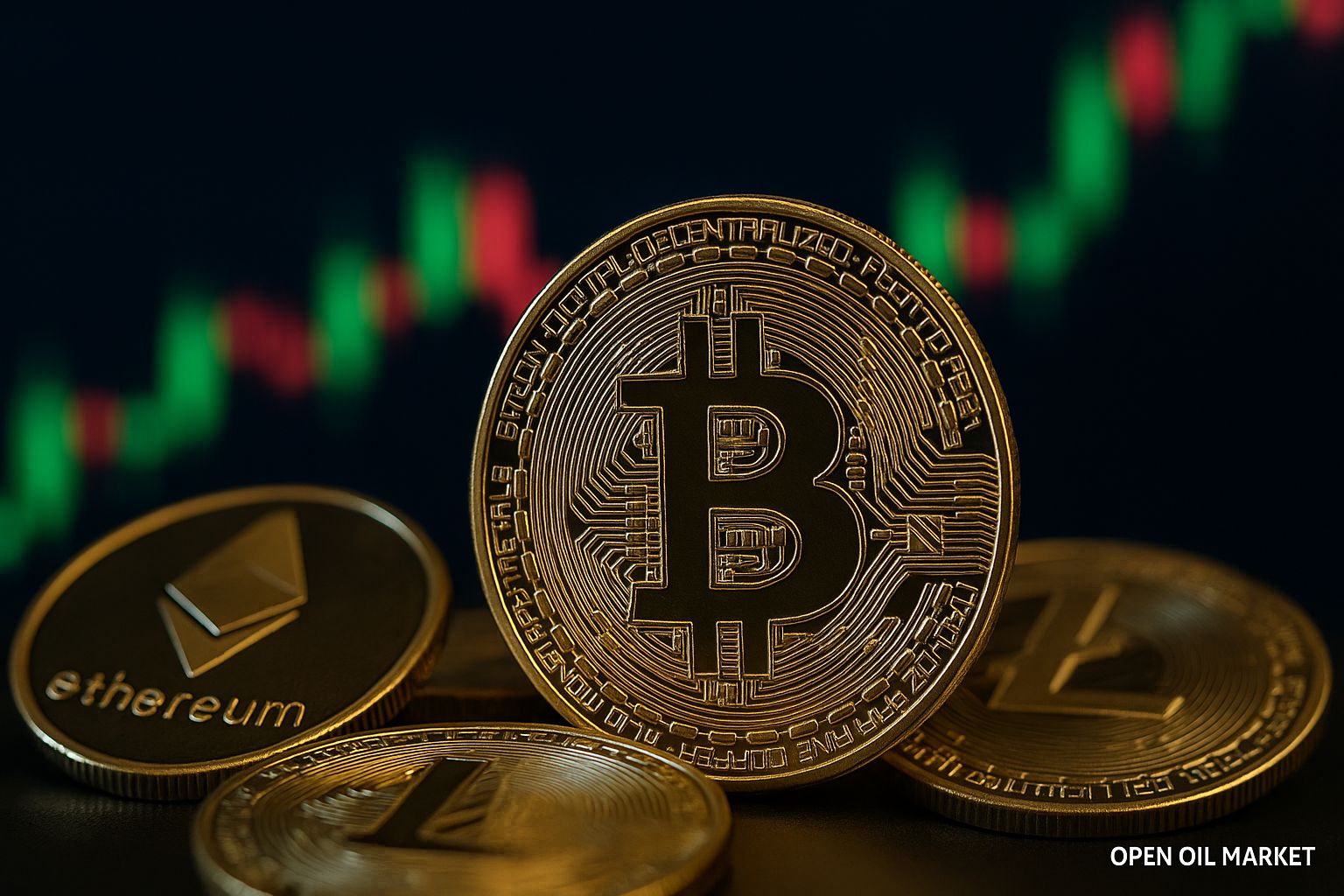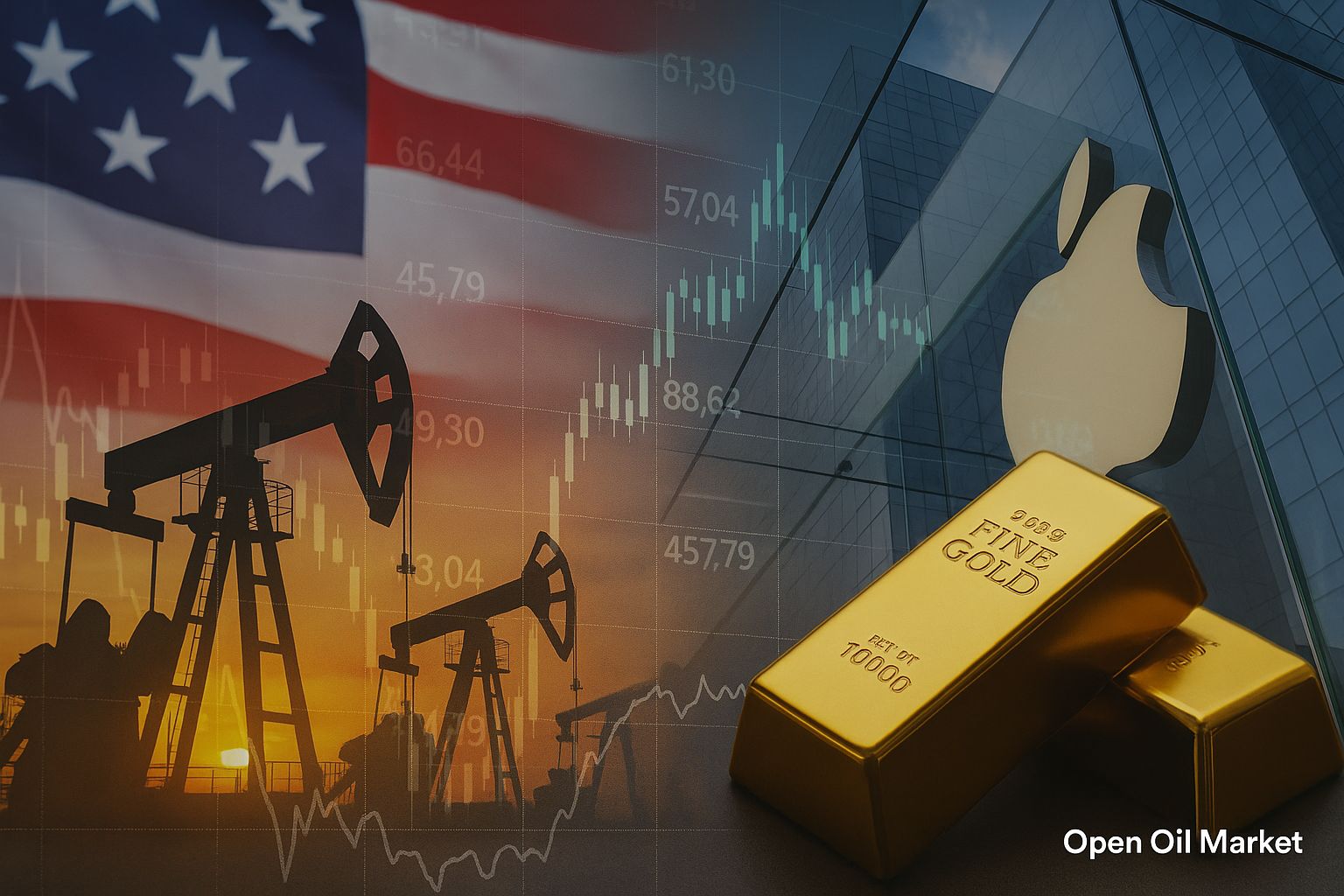
Key Economic Events on August 10, 2025: US Trade Wars, US-Russia Meeting, Soft Fed Policy, Deflation in China, Corporate Reports, and Their Impact on Global Markets
On August 10, 2025, investors focus on a range of key factors influencing the state of the global economy and financial markets. The main topics of the day include the escalation of US trade wars with major partners, preparations for negotiations between Washington and Moscow in Alaska instead of new sanctions, and the softening stance of leading central banks (the US Federal Reserve and the Bank of England).
Additionally, attention is directed toward alarming signals of deflation in China and epidemiological risks, as well as the outcomes of corporate reports from several major companies. Russian investors are closely monitoring domestic events: financial reports from local companies and the dividend situation.
US and Russia: A Meeting Instead of Sanctions
The sanctions ultimatum is postponed in favor of negotiations: At the last moment, Donald Trump abstained from the promised harsh sanctions against Russia set for August 8, opting for diplomacy instead. The White House announced a meeting between the US President and Vladimir Putin on August 15 in Alaska, replacing immediate new restrictions. Trump had previously threatened Moscow with secondary sanctions if there was no progress regarding Ukraine. The decision to initiate dialogue instead of escalation was met with relief in markets: the immediate threat of sanctions has been temporarily lifted, and the Russian ruble strengthened slightly on this news.
Uncertainty remains: However, negotiations do not guarantee de-escalation. Investors recognize that if the summit in Alaska yields no agreement, the US may revert to a sanctions-based scenario. Thus, geopolitical tensions remain high. Any statements in the run-up to the meeting are being closely monitored by markets: positive signals will boost risk appetite, while confrontational rhetoric could trigger a flight to safe assets (higher prices for oil and gold, strengthening of the dollar).
Escalation of US Trade Wars
New tariffs against China: US trade policy has intensified once again. As of August 7, Washington imposed 100% tariffs on semiconductor imports, primarily targeting China. Additionally, Trump threatened Beijing with further tariffs for cooperation with Moscow (purchases of Russian energy resources). These steps open a new front in economic confrontation, increasing costs for high-tech and industrial companies and adding inflationary risks.
Retaliation measures and compromises: China condemned the actions of the US and may implement retaliatory measures—up to restrictions on the export of rare earth materials critical for the American industry. So far, Asian markets have reacted cautiously, hoping for negotiations rather than a full-scale trade war. Meanwhile, a de-escalation appears to be taking shape on the transatlantic front: the US and the European Union reached a compromise on tariffs (for instance, the tariff on European cars has been set at 15% instead of the previously planned 30%). Nevertheless, uncertainty in global trade persists, putting pressure on stocks in export-oriented sectors (automotive, electronics) and contributing to a slowdown in the global economy.
Monetary Policy: Softening Fed and Bank of England's Stance
Fed and Bank of England adopt a softer stance: Global monetary policy is beginning to pivot toward stimulating growth. The US Federal Reserve, in its July 30 meeting, maintained the rate (4.25%–4.50%) and indicated that rate cuts might be possible by the end of 2025 as inflation in the US gradually slows down. The Bank of England went further: on August 7, it lowered its key interest rate by 0.25 percentage points (to 4.0% per annum) for the first time in several years in response to clear signs of economic cooling and weakening inflation in Britain. These moves signal that the global tightening cycle has come to an end. Such steps enhance conditions in financial markets—borrowing costs are declining, supporting business activity. At the same time, regulators emphasize that further decisions will depend on new data regarding inflation and economic growth.
China: Price Deflation and Epidemiological Risks
The Chinese economy faces deflation: Recent data from China indicates a halt in the growth of consumer prices. In July, the CPI index in China showed no change compared to the previous year (0% year-on-year)—the first occurrence of zero inflation in many years. Producer prices (PPI) fell nearly 4% compared to last year, deepening deflationary trends at the industrial level. Weak domestic demand and downward price pressure raise concerns among authorities, as prolonged deflation could stifle economic growth—businesses and consumers may postpone expenditures in anticipation of even lower prices.
Stimulus measures and sanitary risks: The Chinese leadership is already taking measures to support the economy—easing monetary policy and stimulating consumption. However, alongside economic issues, an unexpected factor has emerged: an outbreak of chikungunya fever in southern China (over 10,000 cases reported in Guangdong province) also worries investors. Experts assess the risk of a widespread epidemic as low, but this news unsettles markets. The combination of deflation and sanitary risks intensifies expectations that Beijing will need to increase stimulus to achieve growth targets.
Corporate Reporting Season: Key Takeaways
Companies' financial results: The latest earnings season is concluding, and most major companies have managed to avoid negative surprises, although performance dynamics vary by sector. Here are a few examples:
- ConocoPhillips: The oil and gas giant reported a 15% decline in net profits for Q2 year-on-year, but this was better than expected—production growth helped offset a moderate drop in oil prices.
- Maersk: The Danish shipping leader saw a profit decrease of about 1.4 times compared to last year’s record levels (due to falling freight rates), but even here, actual results surpassed analysts' expectations.
- Toyota: The world’s largest automaker reported a 37% decline in quarterly profits amid rising costs and American tariffs, yet revenue remained robust, and the company’s financial stability is not in doubt.
In general, the corporate reporting reflects a normalization of conditions following a record 2024. Companies in the technology and consumer sectors largely exceeded profit forecasts, bolstering stock indices. At the same time, commodity, transportation, and industrial corporations expectedly reported declines from last year’s peak levels. Investor attention now shifts to management forecasts for the second half of 2025—expectations regarding demand and margins will influence stock dynamics in the coming months.
Russian Market: Company Reports and Dividends
Strong results and local challenges: In Russia, several companies have reported robust results for the first half of the year. The chemical holding “PhosAgro” increased its net profit by more than 40% due to high demand for fertilizers and a weak ruble, while the energy company “Unipro” showed a slight profit decline (about 4%). At the same time, uncertainty persists regarding shareholder payouts: a repeat shareholders' meeting of the agricultural holding “Rusagro,” scheduled for August 8, failed to take place again due to lack of quorum—the issue of dividends for 2024 remains unresolved, disappointing the market.
Considerations for investors on the Moscow Exchange: In general, Russian investors are selectively inclined, favoring businesses with predictable profits and stable dividends. The macroeconomic background has slightly improved: inflation in July slowed to about 8.8% (down from over 9% previously), supporting the bond market (the RGBI index surpassed 120 points, and yields on OFZ decreased). High oil prices and a pause in sanction rhetoric contributed to the ruble strengthening below 80 to the dollar. The Russian market enters a new week with relative confidence.
What Investors Should Pay Attention To
- US-Russia Negotiations: The progress of preparations for the August 15 summit between Trump and Putin. Any statements from either side before the meeting could significantly impact sentiment—ranging from optimism (in case of hints at de-escalation) to risk aversion (if aggressive rhetoric resurfaces).
- Trade Conflicts: New US actions on tariffs and what response will be given by Beijing. Investors are observing whether Washington will announce new tariffs and how Beijing will respond. The escalation of trade disputes will reflect on high-tech companies, automotive sectors, and global industry.
- Chinese Policy: Possible additional stimulus measures for China's economy. Weak inflation may prompt Beijing to implement new measures—whether reducing rates by the People’s Bank of China or fiscal stimuli. News on this front will impact commodity markets and the currencies of emerging economies.
- US Inflation: The Consumer Price Index (CPI) report for July is set to be released next week. If inflation continues to slow, expectations of a Fed rate cut will increase, supporting the stock market; an unexpected spike in CPI, on the other hand, could revive hawkish sentiment and unsettle investors.
- Russian Factors: The trend of a strengthening ruble and corporate events in Russia. It’s crucial to see whether the ruble’s strengthening trend remains, as well as how the situations with dividends and the financial results of remaining large companies develop. Positive surprises could maintain interest in Russian stocks.




